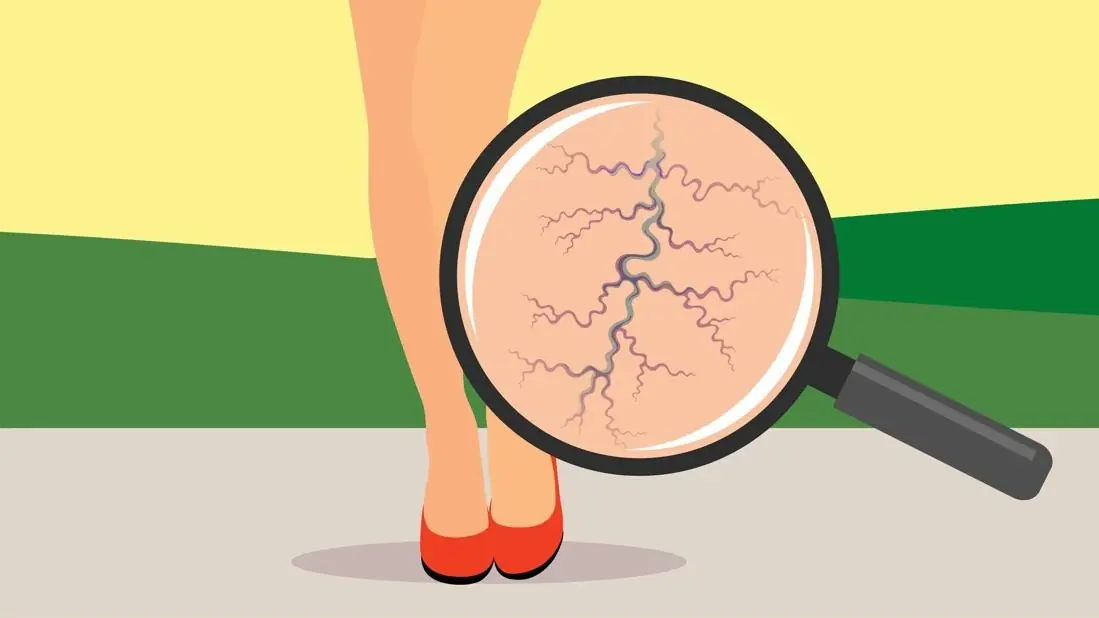
New Antiviral Chewing Gum Made From Lablab Beans Shows Strong Virus-Neutralizing Potential in Lab Tests
New Antiviral Chewing Gum Made From Lablab Beans Shows Strong Virus-Neutralizing Potential in Lab Tests
Researchers at the University of Pennsylvania have developed a next-generation antiviral chewing gum made from lablab beans (Lablab purpureus). These beans contain a unique protein called FRIL, which has demonstrated the ability to “trap” and neutralize several common viruses. This discovery represents an important step toward creating simple tools that can reduce viral transmission through saliva and the oral cavity.

1. FRIL – A Powerful Virus-Binding Protein
The new chewing gum is built around FRIL (favin-related lectin), a naturally occurring protein in lablab beans. According to studies published on PubMed and reports from the University of Pennsylvania, FRIL can bind to and deactivate the glycoprotein envelopes of viruses, preventing them from entering human cells.
Laboratory experiments have shown:
-
Over 95% of influenza viruses (H1N1, H3N2) were neutralized
-
Approximately 75–94% of herpes viruses (HSV-1, HSV-2) were inactivated
Sources: Penn Dental Medicine, PubMed, ScienceDaily
These findings highlight FRIL’s broad antiviral activity against viruses commonly transmitted through saliva.
2. Clinically-Grade Production and Safe for Use
The antiviral gum is manufactured at a clinical-grade standard, meaning it meets the purity and safety levels used in medical research.
Key findings reported by ScienceAlert and IFLScience include:
-
Safe to chew and non-irritating
-
FRIL remains stable for nearly 800 days at room temperature
-
FRIL is released into simulated saliva within just 15 minutes of chewing
This exceptional stability and safety profile make the gum a promising tool for reducing viral transmission in everyday settings.
3. Potential Real-World Applications
Scientists suggest the gum could be useful in environments with high risk of viral spread, such as:
-
Schools
-
Office workplaces
-
Public transportation
-
Crowded public areas
According to PR Newswire and ScienceDaily, chewing the gum may significantly reduce viral load in the mouth, thus lowering the chances of releasing infectious viral particles through talking, breathing, coughing, or sneezing.
4. Research Still in Early Stages (In Vitro)
Despite the impressive results, the research is still in its early stages:
-
Current experiments were performed only in vitro (in the lab).
-
No large-scale human clinical trials have been conducted yet.
-
Experts emphasize that the gum cannot replace vaccines or proven antiviral treatments.
This caution is reinforced by reputable sources such as:
-
PubMed
-
Cleveland Clinic
-
ScienceAlert
More studies, especially clinical trials, are needed before the gum can be approved for widespread use.
5. A Promising Advance — But Not a Miracle Cure
The lablab-bean antiviral chewing gum is an exciting breakthrough in virus-prevention research. It offers hope for a simple, affordable, and accessible method to help reduce the spread of influenza and herpes viruses.
However:
-
It is not a replacement for medical treatment or vaccination.
-
At best, it may serve as a supportive tool—if future human trials confirm its real-world effectiveness.
Conclusion
The antiviral chewing gum made from lablab beans represents a promising fusion of biotechnology and natural plant compounds. With its strong virus-neutralizing performance in laboratory tests, it could become a useful tool for reducing viral transmission in the community. Still, much more clinical evidence is required before it can be officially adopted for public use.
News in the same category


The Evolution of Public Road Speed Records: From the Mercedes-Benz W125 to the Koenigsegg Agera RS

Misconceptions That Turn Water Purifiers Into a Source of Illness — Stop Them Before They Harm Your Family
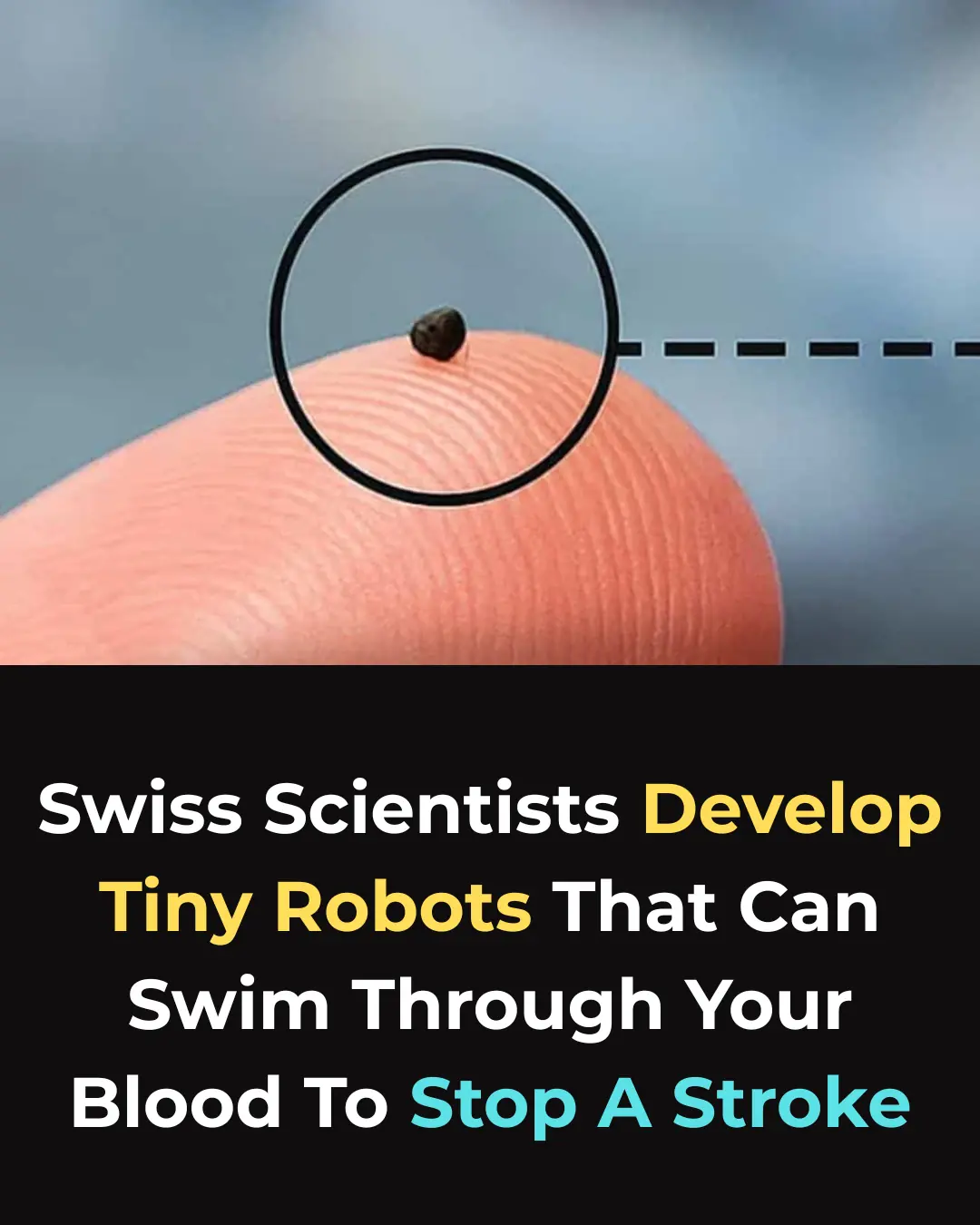
A New Breakthrough: Magnetic Microrobots Designed to Navigate Blood Vessels and Stop Strokes

A Dual Climate Solution: Solar Panels Over Canals Could Save Billions of Gallons of Water

Regenerative Medicine Milestone: Stem-Cell Trial Restores Motor Function in Paralyzed Patients

From Crow to Cleaner: How Feathered Geniuses Are Fighting Litter in Spain

Using Crow Intelligence to Fight Pollution: Inside Sweden’s Corvid Cleaning Project

From Stone to Shelter: Innovative Housing Beneath France’s Historic Bridges

Redefining Public Restrooms in South Korea: Hygiene, Dignity, and Accessibility for All

How Cyclic Sighing Became One of the Most Effective Breathing Techniques for Reducing Anxiety
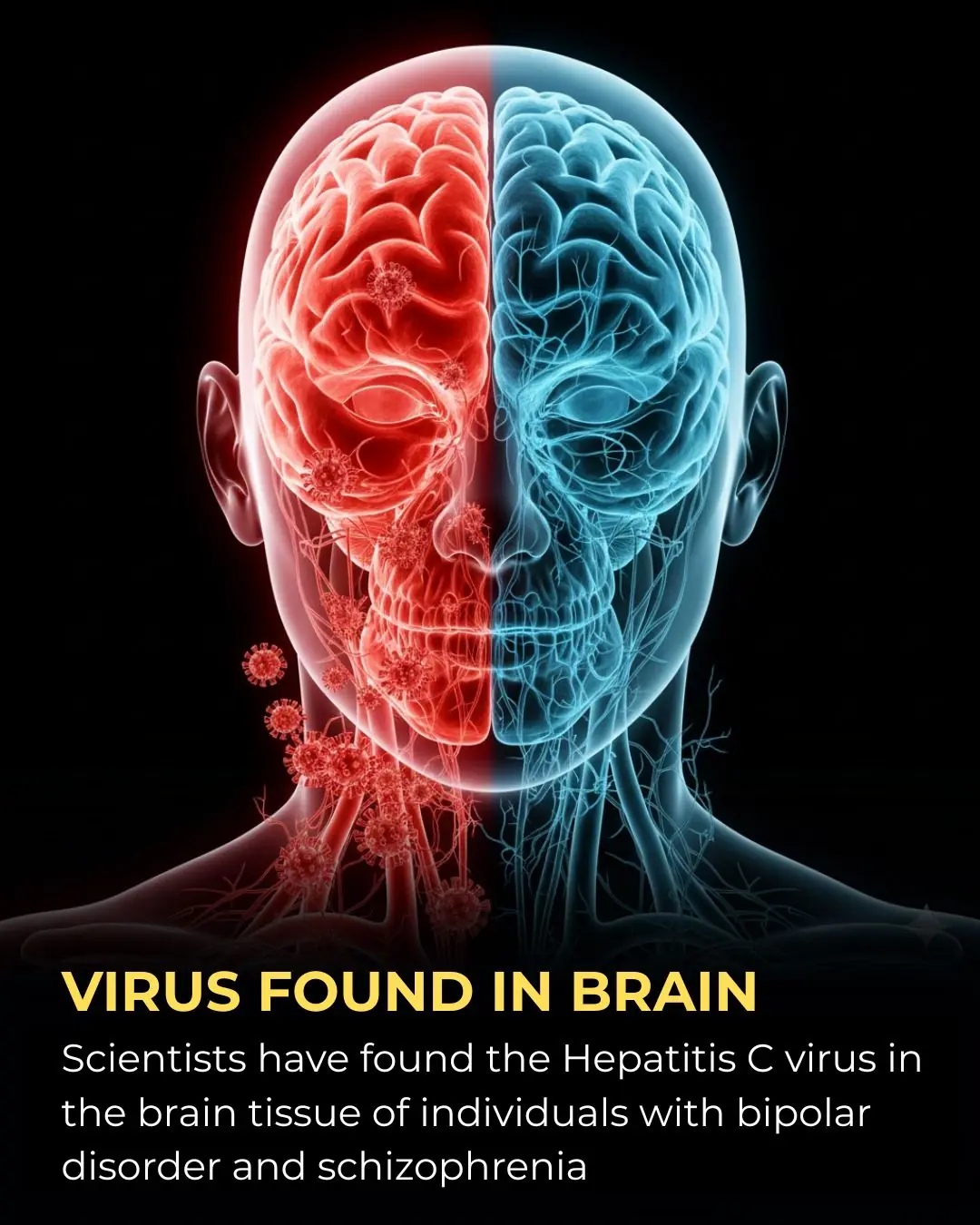
Hepatitis C Virus Detected in Brain Tissue: A Potential Link to Schizophrenia and Bipolar Disorder

Top 10 Safest Places if World War 3 Broke Out
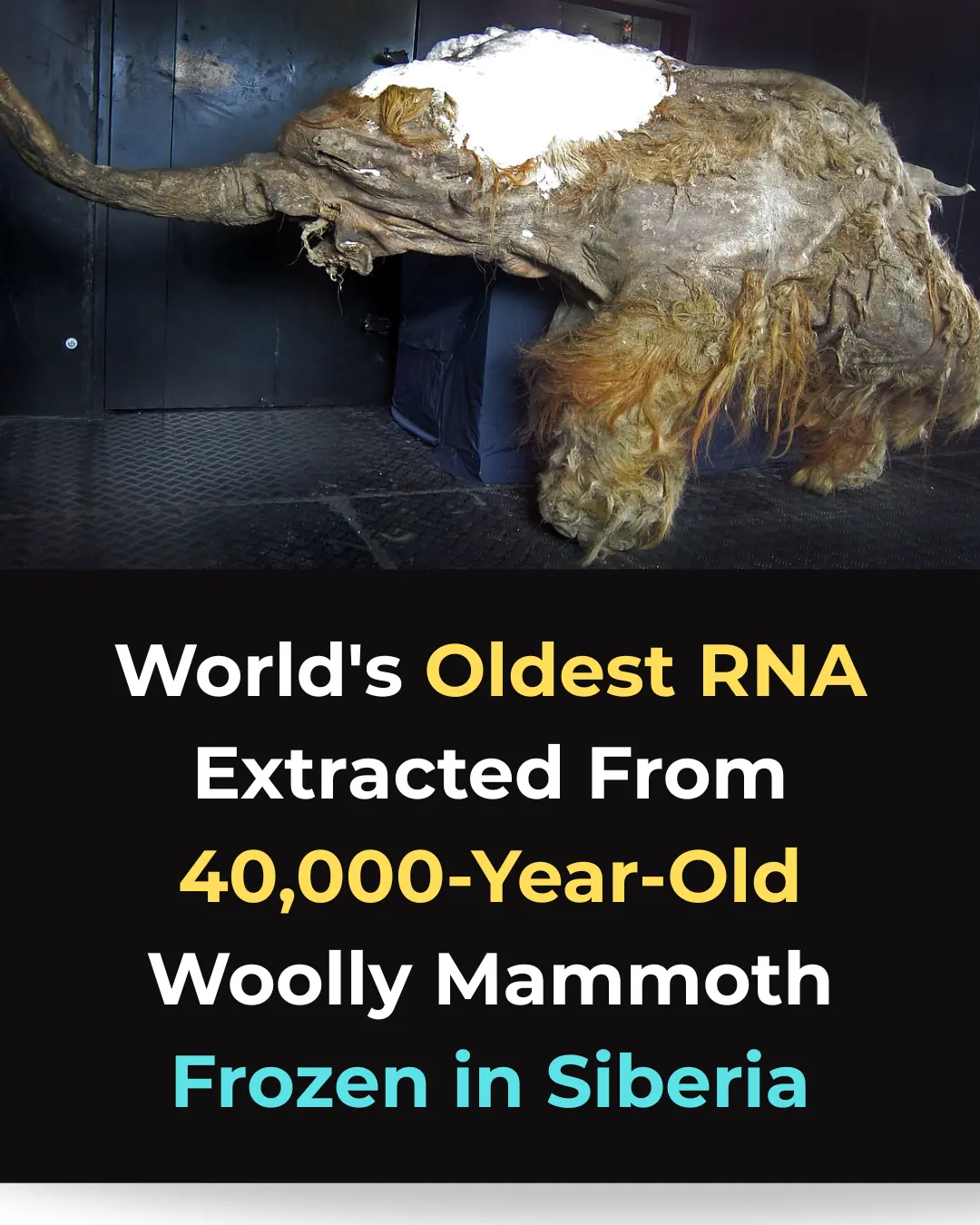
Scientists Sequence the World’s Oldest RNA from a 40,000-Year-Old Woolly Mammoth
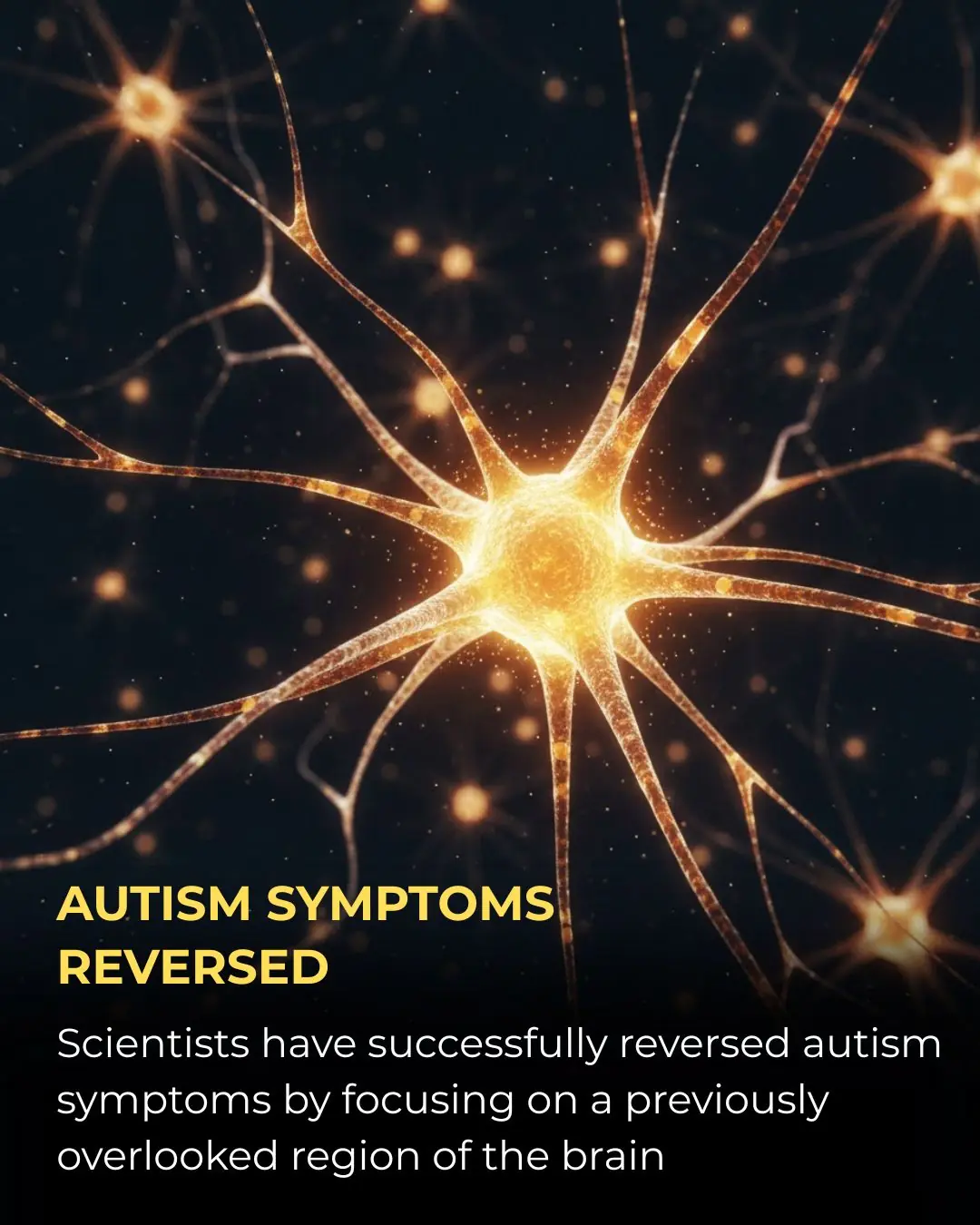
Novel Neural Pathway Identified as Key to Reversing Autism-Related Behaviors

Why seniors should keep their socks on even at home

What Once Seemed Impossible: Lab-Grown Spinal Cord Sparks Hope for Millions

Lab-Grown Spinal Cord Tissue Marks a New Era in Paralysis Treatment

How Hormonal Birth Control May Reshape the Brain: New Neuroscience Insights
News Post

NASA Spots Giant Butterfly-Shaped Coronal Hole Sending Solar Wind Toward Earth

Doctors Warn: 5 Everyday Habits Slowly Damaging Your Kidneys

93% of people won’t do this yet it lowers blood pressure quickly

4 Items You Should Never Store in the Freezer — Ignoring Them Could Be Life-Threatening

Subtle Signs of Kidney Cancer That Are Easily Overlooked

It’s Time to SAVE YOUR KIDNEYS by Eating These 3 Foods: Familiar but Not Everyone Knows How to Use Them
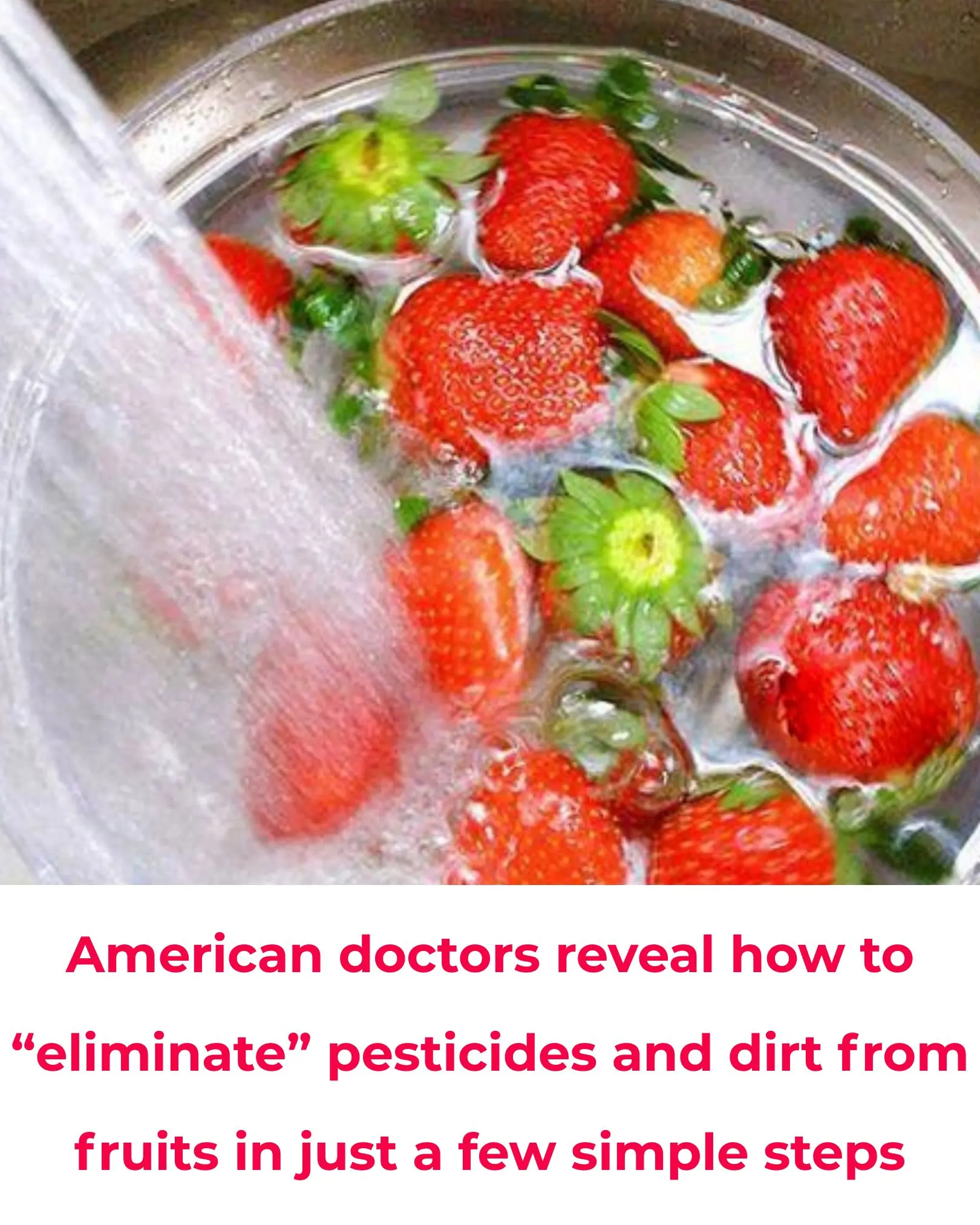
U.S. doctor reveals how to remove pesticides and dirt from fruits — just a few simple steps to protect your family

You’re storing garlic and onions wrong — here’s the right way

The Day a Judge Broke Protocol to Protect a Child.

The Giant Who Rushed Home for a Bedtime Story.
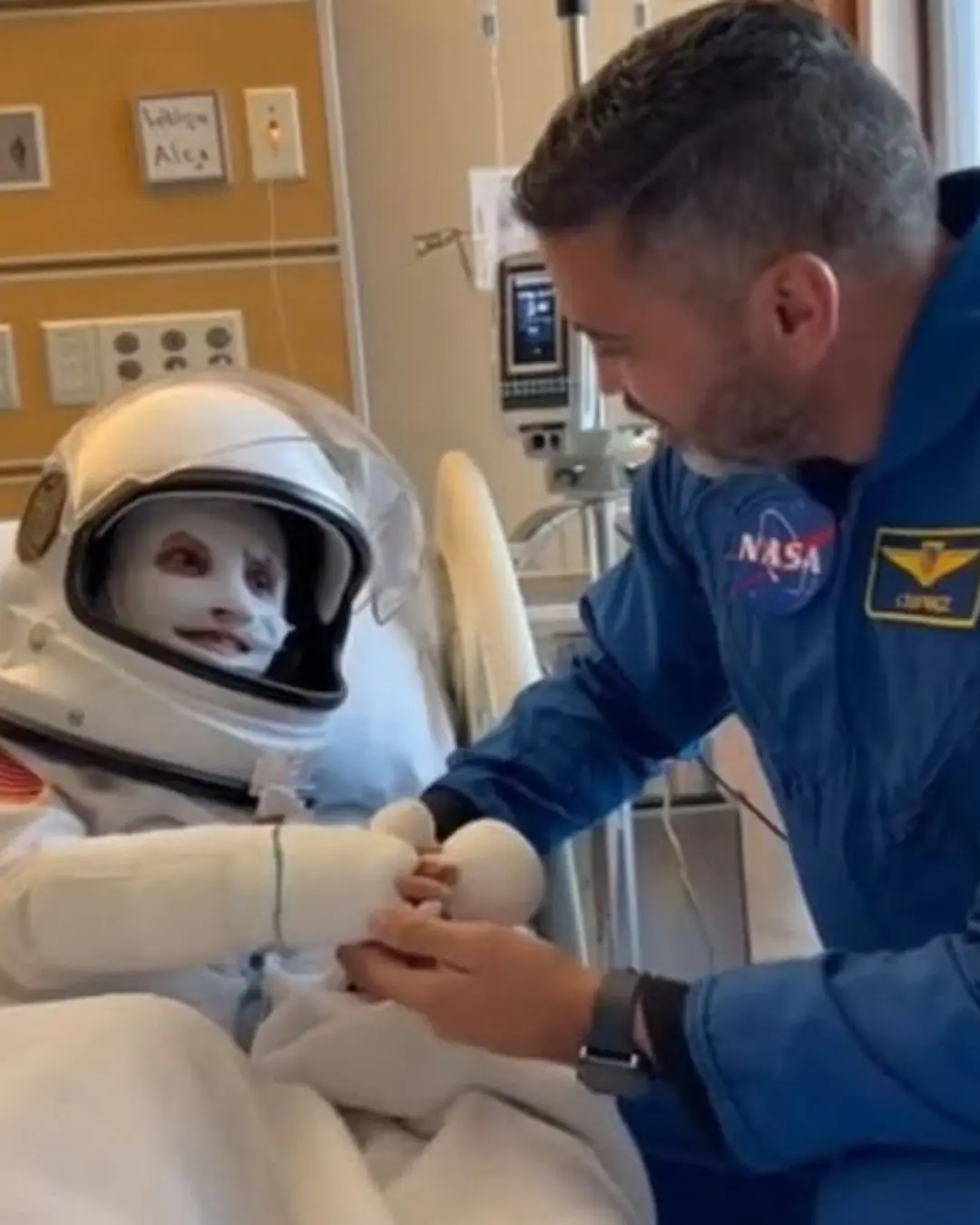
The Day a Burned Little Boy Met His Hero in Blue.

The Princess Who Saved Her Father.

The Mailman Who Became Her Shelter.

Forty-Eight Hours of a Mother’s Love.

Jack Andraka: The 15-Year-Old Innovator Who Sparked a New Wave of Early Cancer Detection Research

The Evolution of Public Road Speed Records: From the Mercedes-Benz W125 to the Koenigsegg Agera RS

10 Effective Ways to Reduce Dust in Your Home – Keep Your Living Space Clean and Healthy

Misconceptions That Turn Water Purifiers Into a Source of Illness — Stop Them Before They Harm Your Family
